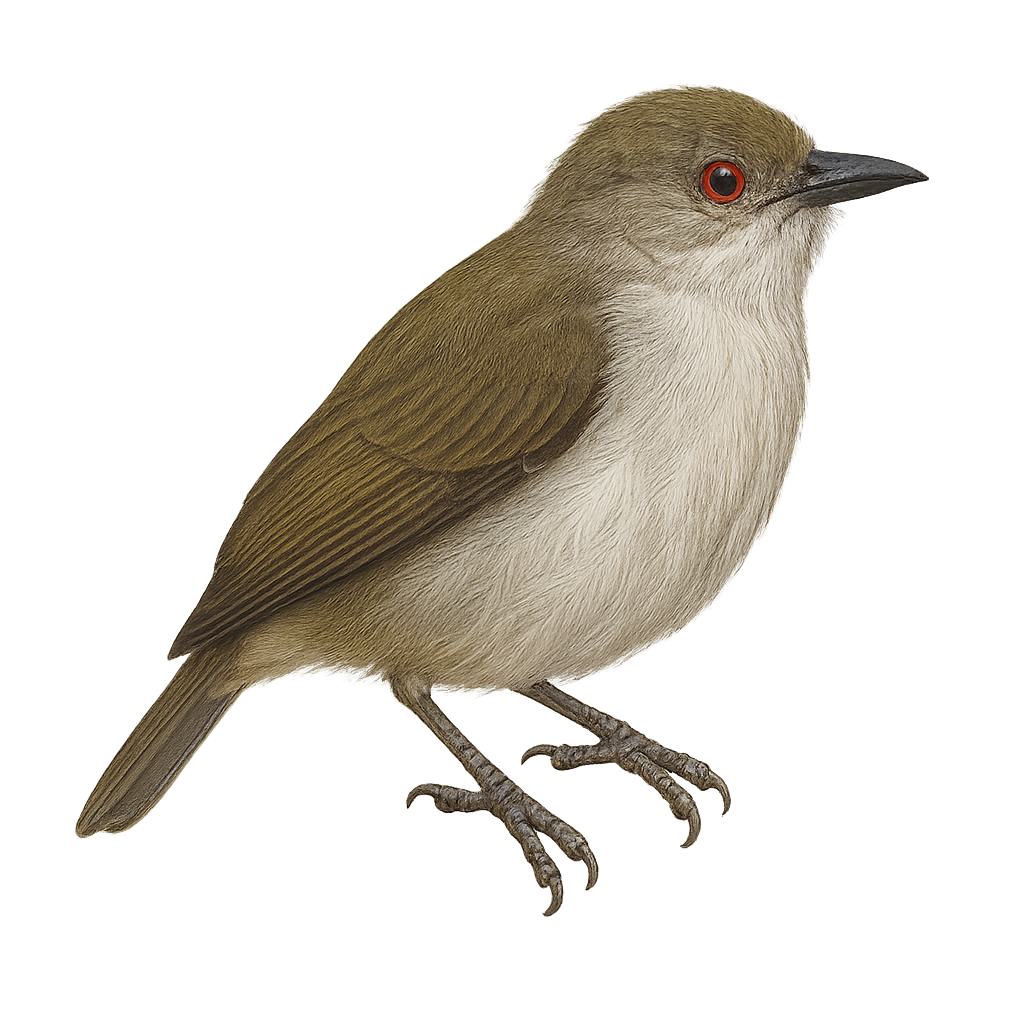Your wildlife photography guide.
Explore the anna's flowerpecker in detail, study its behavior, prepare your shots.
Where to observe and photograph the anna's flowerpecker in the wild
Learn where and when to spot the anna's flowerpecker in the wild, how to identify the species based on distinctive features, and what natural environments it inhabits. The WildlifePhotographer app offers tailored photography tips that reflect the anna's flowerpecker’s behavior, helping you capture better wildlife images. Explore the full species profile for key information including description, habitat, active periods, and approach techniques.
Anna's Flowerpecker
Scientific name: Dicaeum annae

IUCN Status: Least Concern
Family: DICAEIDAE
Group: Birds
Sensitivity to human approach: Suspicious
Minimum approach distance: 5 m
Courtship display: March to June
Incubation: 13-15 jours
Hatchings: March to July
Habitat:
Tropical forests, subtropical forests, mangroves
Activity period :
Primarily active during the day, with peak activity in the morning and late afternoon.
Identification and description:
The Anna's Flowerpecker is a small, colorful bird found primarily in the tropical and subtropical forests of Southeast Asia. This passerine is recognizable by its vibrant plumage, often adorned with shades of blue, green, and red. It primarily feeds on nectar, fruits, and insects, playing a crucial role in plant pollination. Its song is melodious and varied, making it easily identifiable for birdwatchers. Although generally solitary, it can sometimes be seen in small groups, especially during the breeding season.
Recommended lens:
400mm – adjust based on distance, desired framing (portrait or habitat), and approach conditions.
Photography tips:
To photograph the Anna's Flowerpecker, it is advisable to use a 400mm lens or longer to capture precise details without disturbing the bird. Look for it in tropical or subtropical forests, where it often feeds on nectar. Be patient and discreet, as this bird can be suspicious. Take advantage of the early morning hours to benefit from the best natural light.
The WildlifePhotographer App is coming soon!
Be the first to explore the best nature spots, track rutting seasons, log your observations, and observe more wildlife.
Already 1 432 wildlife lovers subscribed worldwide

